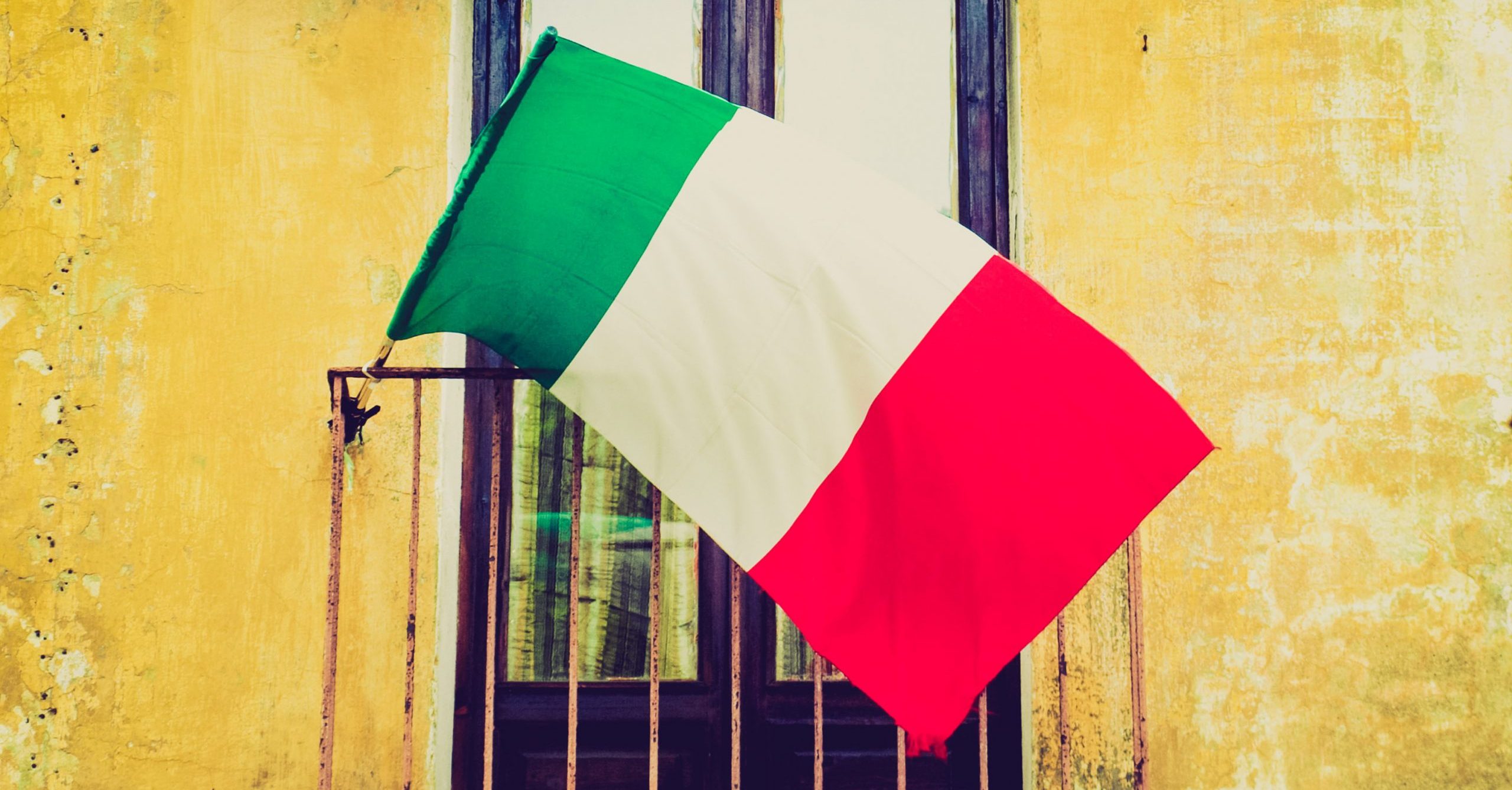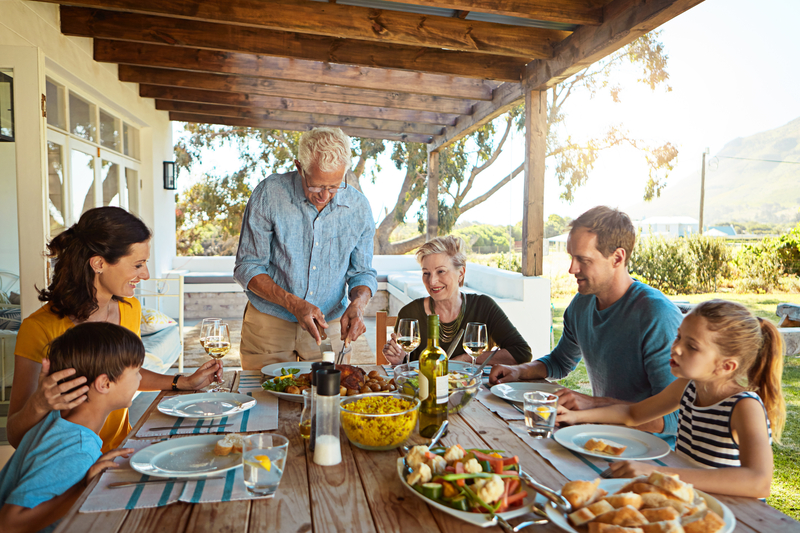Is it fair to say that we live through memories? Partly yes, because we formulate our entire lives in a chronological sequence that accumulates and conveys emotions and memories in our mind, leaving concrete traces which are both sentimental and functional of our journey and marking the territory in which we live with events that are related to us, to our family and to our community.
The earthquake in central Italy, which has emotionally shocked us even from thousands of kilometers away, showed us how the destruction of a town also leaves a mental wound, a bereavement to process.
Even if only for a moment, while identifying ourselves with those who lost everything in a matter of seconds, we felt how painful and frustrating it was to have opened our eyes and have lost everything which, up until a moment before, was previously ours: the livingroom full of books, the courtyard where the children were playing, the little garden where you walked your dog, the store where you went to do your shopping, the school where you took your first exams, the church with the Renaissance paintings, the town center where you walked with friends, the street where the procession passed.
If “our” towns, our habits, the signs in which we recognized ourselves during our lifetime are missing, we no longer know how to describe ourselves, we feel disoriented, lost, and even, “different” from ourselves.
Like every immigrant, we too, who came to America leaving behind all of our towns, our pasts with their views and their places, affections and our roots, started new lives in new cities, as new people. We rebuilt new identities for ourselves.
It all happened with a series of adjustments and changes, difficulties and problems which gave life to new habits and new settlements.
We became Italian-Americans, learning how to preserve our past and develop our future in the present time, combining little by little, both what we were and what we have become.
The memories of the elementary schools in Veneto and in Puglia, our native Italian language and grandma’s homemade pasta have all been united at the University of California, to the English language that we have now perfected, to the Los Angeles families that we have created, to the Mexican tacos we routinely eat, to the friends from San Francisco and to the relatives of Sacramento.
When we arrived in the United States, we learned to celebrate new holidays like Thanksgiving and Independence Day, as well as Columbus Day and Italian Heritage Month, which the U.S. has dedicated for us to celebrate the contributions we made to the development of this country. These are two occasions in which we started to appreciate our cultural heritage. We are not to be ashamed of it nor hide it in a process of assimilation, but rather promote it, making it known and spreading it as a reason of our pride.
These are celebrations that have taught us to “boast” the Italian spirit.
They are moments that build social affinities like having a double passport or the Italian that we teach to our children, even if they live in California. Since the June 2nd holiday is an event that we live within the community, Columbus Day or Heritage Month are events that allow us to share the Italian-American identity by which we recognize ourselves today together with the rest of the ethnic groups and cultures that we live with.
For some months, there has been a large cloud on Columbus Day.
L’Italo-Americano has always defended and promoted the Italian spirit. The mission of the newspaper is the constant desire to share the beauty of our amazing country of Italy, making known its artistic heritage, its landscapes and its architecture, the cultural diversity that characterizes us, and the richness and musicality of our language.
In this sense, Columbus Day should not be a reason for confrontation with other communities, but an opportunity to meet and get to know each other. It is not a claim, but a day in which the Italian-American community can be traced from one coast of the U.S. to the other and can showcase itself; a day of growth within the American society where Italo-Americans can feel themselves to be an integral part.






























